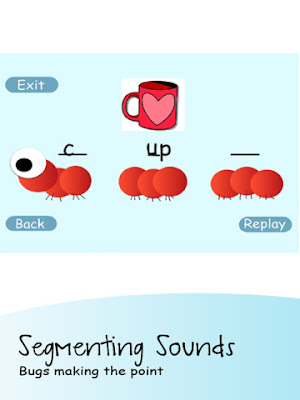Do you feel like your stacks of papers keep growing? Paperwork can add stress to an already stressful job. Just like you have a system for your discipline, you need a system for managing your paperwork. Once you find a system that works for you, you will still have too much paperwork, but it feel more manageable and little less stressful.
Keeping up with who turned in their assignments and who didn't was one of my biggest headaches when I began teaching. Then I figured out a system that worked for me.
Put your students in alphabetical order and assign each one a number.
Students will write name and number on every assignment.
Make a class chart with 2 columns. You can get a copy
HERE.
Print a stack of these and keep them near the student turn-in spot.
After I give an assignment, I tape one of the class charts by the turn-in spot. I write the name of the assignment at the top, date, and points possible.
Students will highlight their name when they turn in their assignment.
COLOR CODE: I love to color code everything. You can choose the colors that work for you. Here is an example of how you can do it.
YELLOW: Highlight name with yellow highlighter when assignment is turned in the day it is due.
ORANGE: Highlight name with orange highlighter when assignment is turned in late.
GREEN: Highlight number with green highlighter when student is absent when assignment is given.
At the end of work time or end of the day, collect assignment and put in number order (students each have an assigned number).
Clip the class chart (that students highlighted their name on) on top of the stack of assignments.
The next morning before school, put the stacks of assignments with missing work in a designated spot. Students will turn in their assignments and highlight their name with the late color highlighter (if the next day is considered late).
Continue putting out stacks of assignments each morning until you get 100%.
Save the class charts with highlighted names. These are great documentation for R.T.I., parent teacher conference, and giving work habits grades on report cards.
The color code makes it easy to see patterns with work habits.
Do you have students that rush through their work? Do you have students that turn in assignments that are incomplete because they are in a rush? This is a bad habit that needs to be stopped! How do you do this?
Explain to your class that rushing through your work and missing key details or not doing all of the problems is like driving a car too fast. Ask them what happens if their parents drive over the speed limit? They could get a ticket from the police. The same thing will happen to students who "speed" too fast through their work. They will get a speeding ticket.
I recommend printing the speeding ticket on a bright colored paper like red and then staple it on the assignment. This will get parent's attention and extra support from home.
Having to redo the assignments should encourage students to complete their work the correct way in the future.
Sharing examples of quality work from time-to-time is a great way to motivate your students. Show your class these examples using your document camera or at circle time. It is important that you don't always share the same few students' work - you know those shining stars of the class.
Find something positive in ALL of your students and share different examples. Here are a few ideas:
Journal entry that used correct punctuation
Neat handwriting
Showing work on math assignments
Picture with many details
Show improvement: i.e. share 2 writing samples to show improvement
Let your parents know the good news that you shared their child's work as an example today with happy news note in the picture above. You can either staple it as a bracelet or attach it to students' backpacks.
After sharing an example of quality work, I like to give a little treat. Sometimes I let them get a prize from the bucket.
Another way you can recognize improvement or quality work is you use a shape stamper like the one in the picture above. If students have one of these on their assignment, they can get a little treat. You can decide the treat - computer time, line up first, work beside a friend, or trip to the treasure box.
When I taught at schools that allowed food, I loved to staple little sweet treats like a lifesaver (picture above) on quality work or an assignment that showed big improvement. The important thing with this rewarding system is that you do it intermittently.
Show off top quality work with this easy to set up system. I bought this cord with clothes pins at Target. They are supposed to be for hanging Christmas cards. Teachers can repurpose them for displaying students' work.
Sources to make my blog post graphics can be found HERE.
Click HERE to read my blog's disclosure statement.
















































